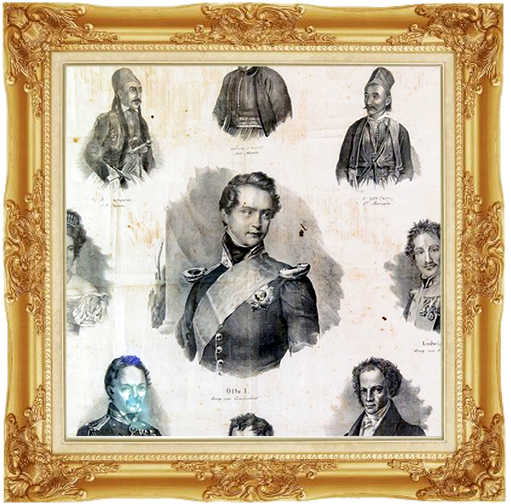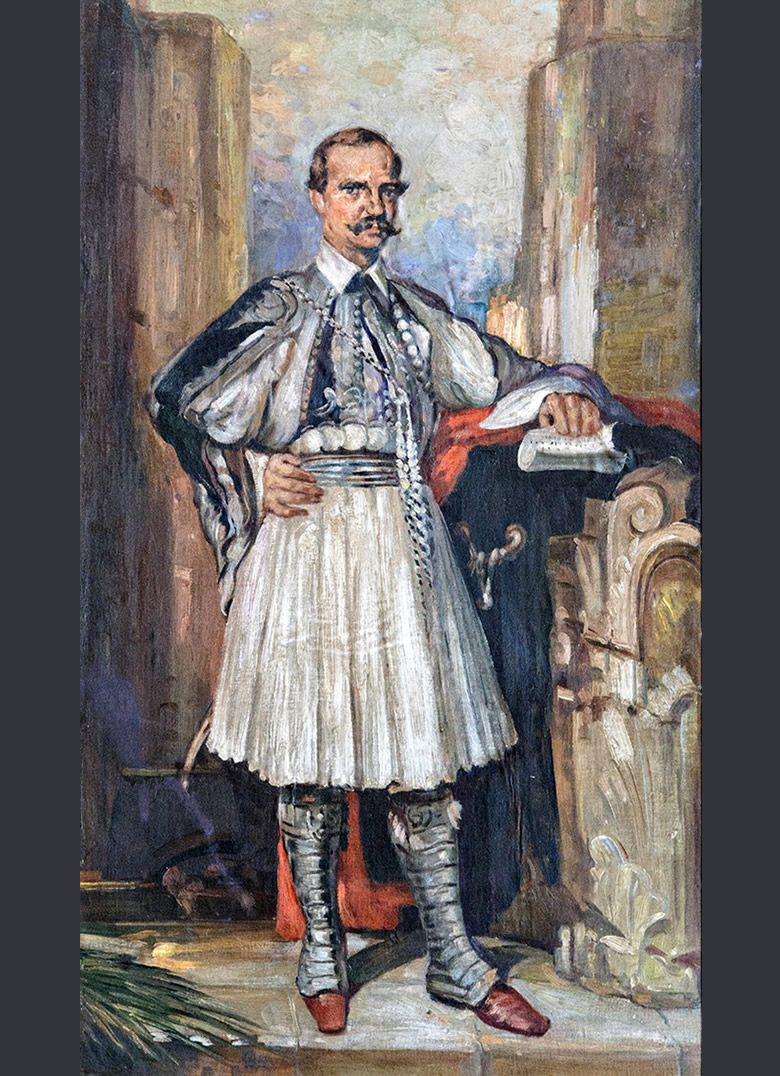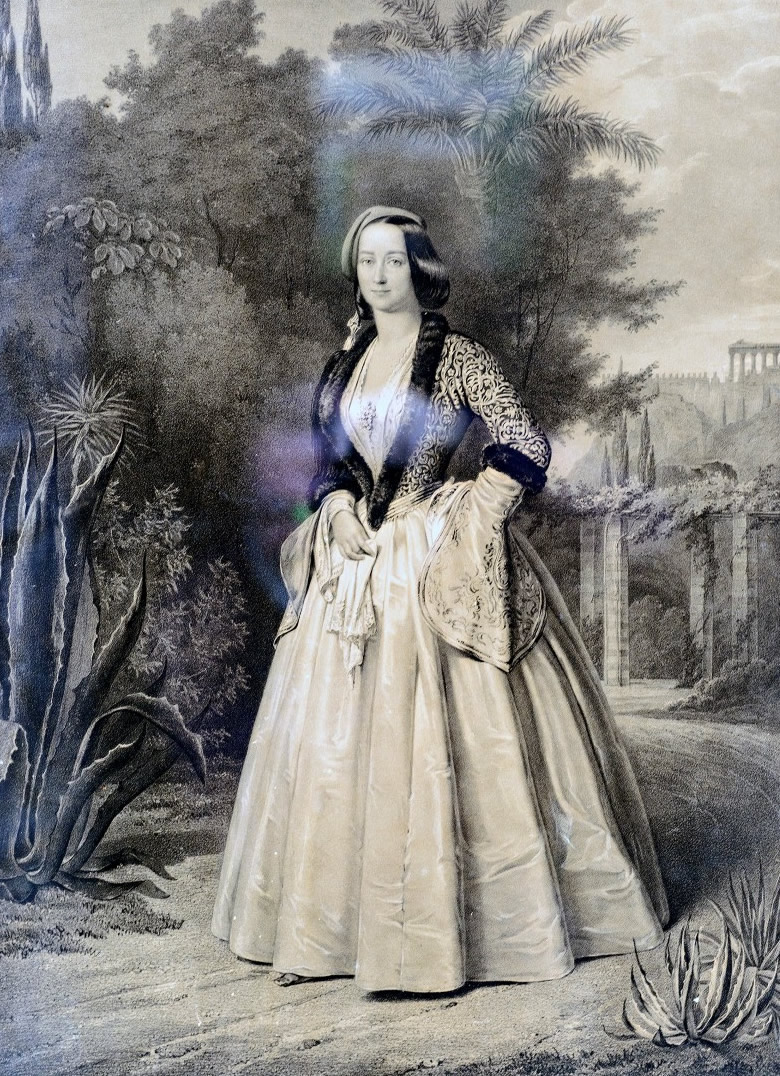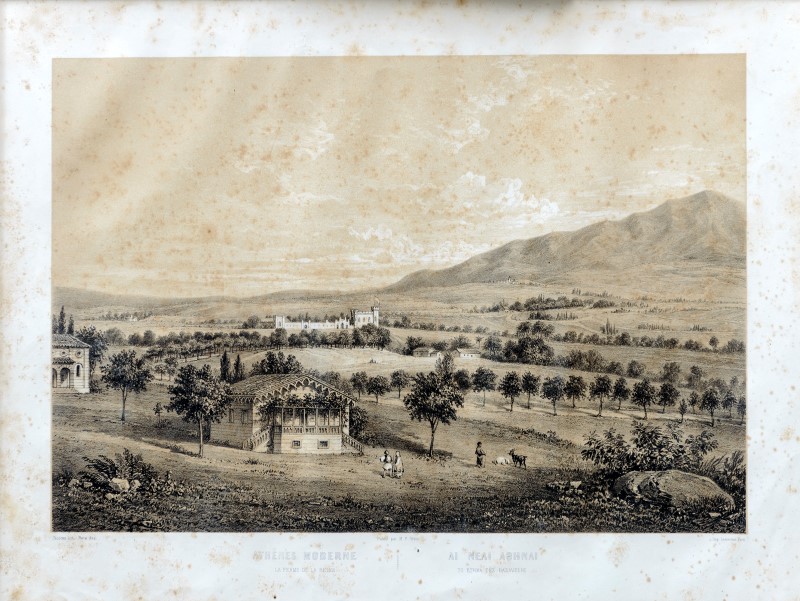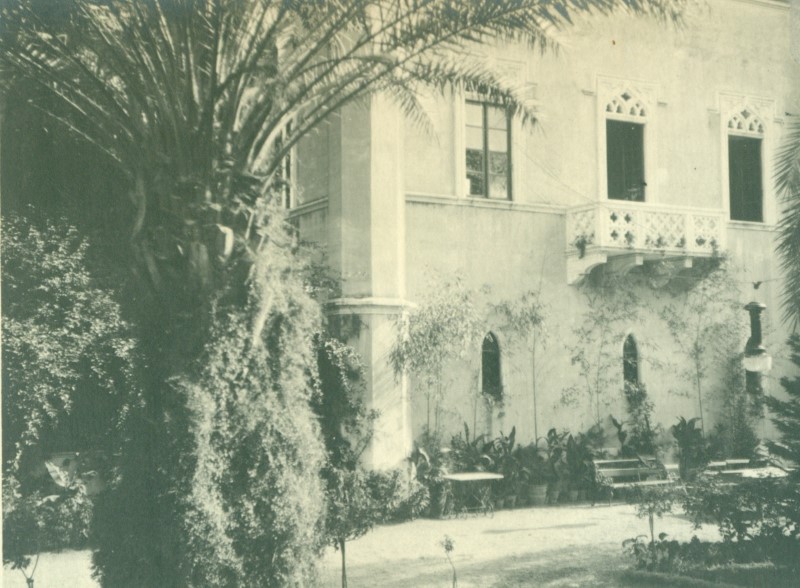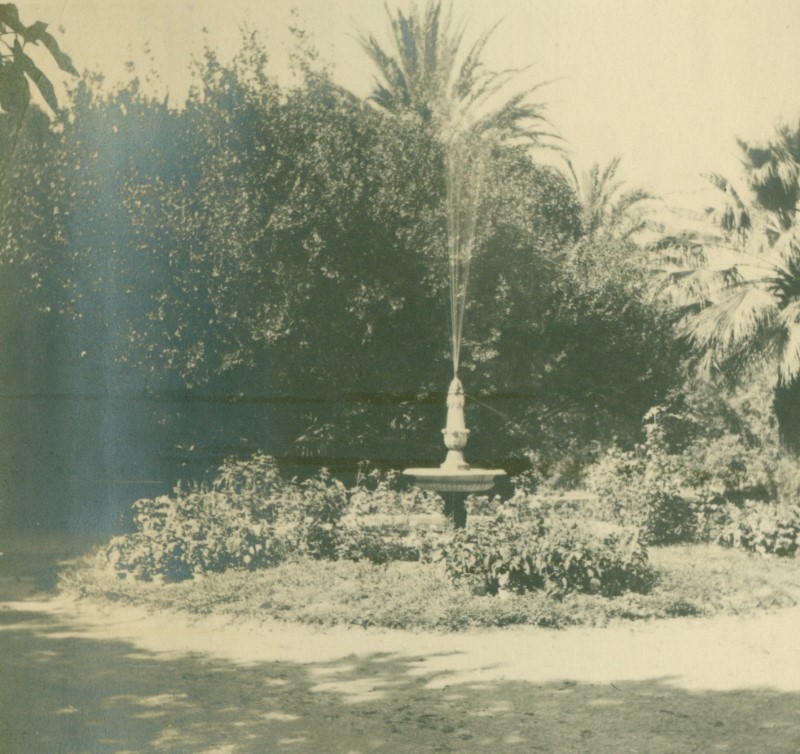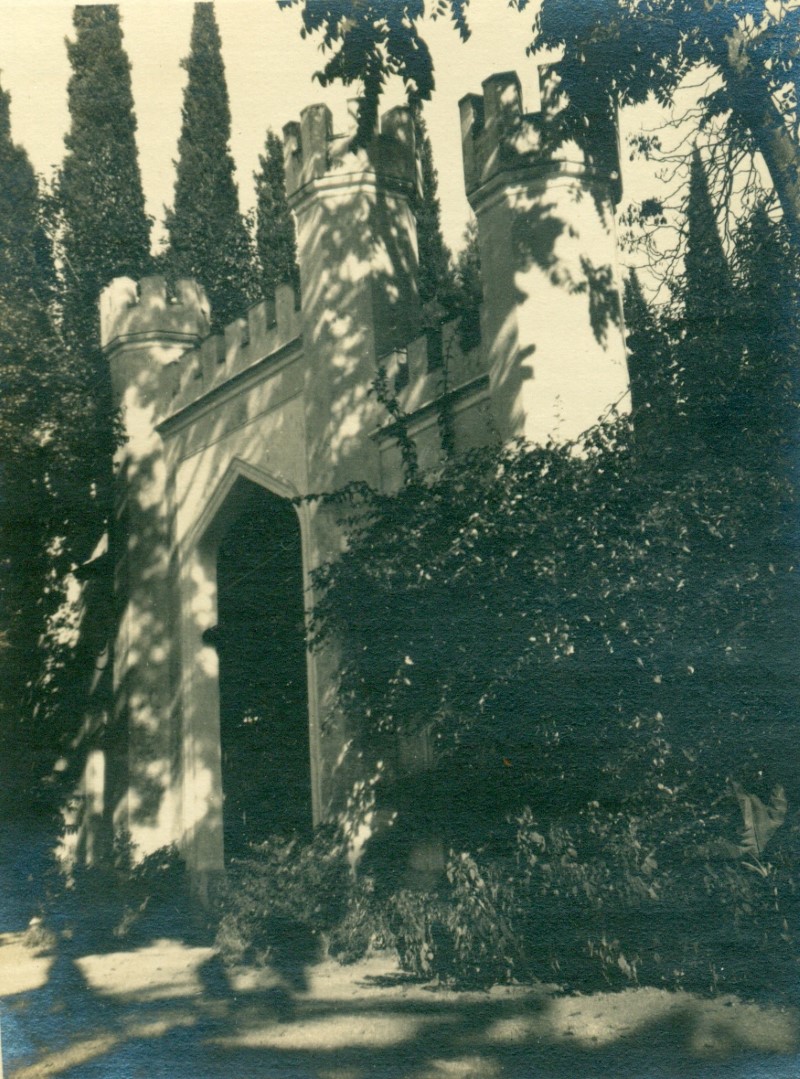Historical background of the “Queen’s Tower”
Greece achieves liberation from the Ottoman Turkish Empire in 1821. Count Ioannis Kapodistrias is elected as the first governor of the independent Greek nation, after the Trizina National Assembly, in 1827. As head of state of Greece, he proceeds with crucial changes for the advancement of the state, as well as the enactment of the state legal system in order to restore law and order. Moreover, he reorganises the military forces under united administration. His reforms and measures, along with his effort to boost the country evoked feuds that concluded to his assassination in Nafplion , on October 9, 1831.
In 1832, the Bavarian Prince Otto was elected King of Greece, after Leopold 1st ( son of Francis, Duke of Sachsen-Coburg-Saalfeld) had turned down the position of the first king of Greece that was offered to him. He became king of the newly founded kingdom of Belgium, instead. Otto’s parents were the Crown Prince Ludwig 1st of Bavaria and Therese, daughter of the Duke of Saxe-Hildburghausen.
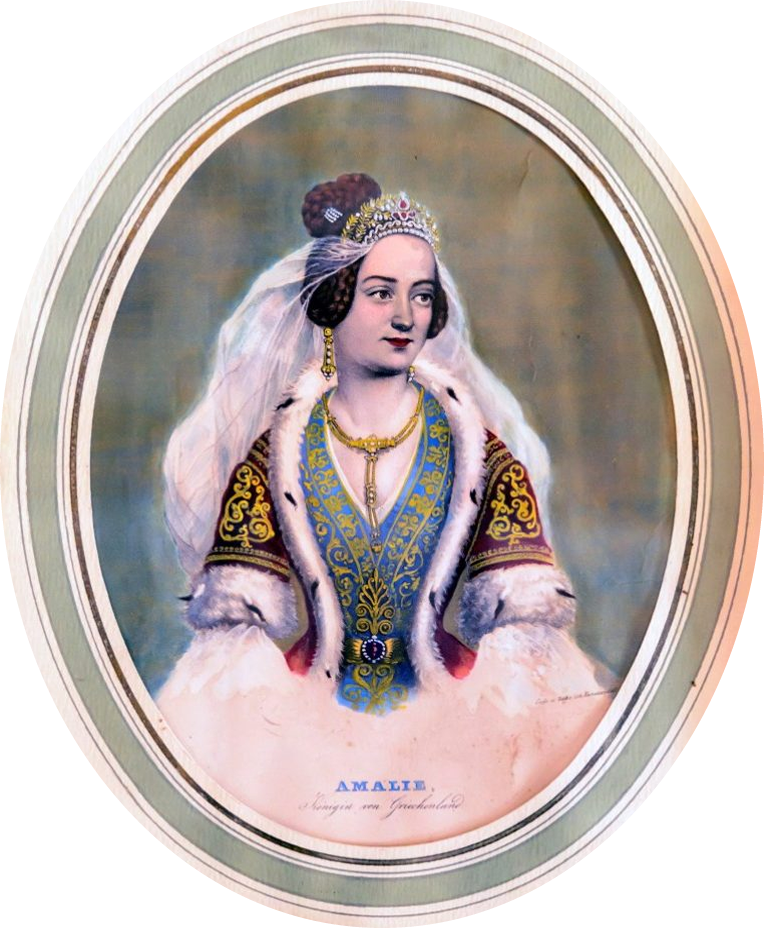
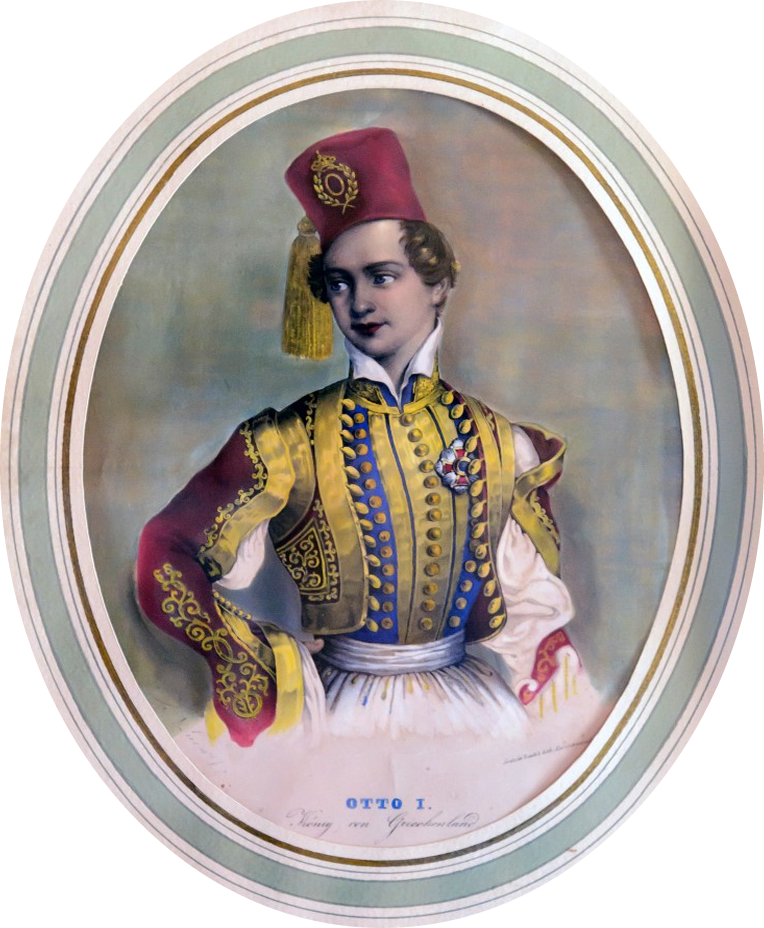
On January 25, 1833, at the age of 17, Otto disembarked from the British frigate “Madagascar “ , in Nafplion, amid cheers of the crowd, with the three members of the Bavarian Regency( which was planned to rule until Otto reached majority in 1835) and 3,500 Bavarian troops as his army, gradually filled with “ volunteers” (the majority of them were Germans).
In 1837, he was married in Germany, to the duchess Amalia (Amelie) of Oldenburg( 1818-1875) without having informed the government. They didn’t manage to have any children. During his reign, he decided the moving of the capital of Greece, from Nafplion to Athens, where the royal couple settled.
Until the completion of the building project for the Athens Royal Palace , made by Otto and his father Ludwig, Otto and Amalia temporarily lived in a house, which is now the Old Parliament on Stadiou street.
Afterwards, they moved in the building which is now the Museum of The City of Athens. The interior of the Royal Palace was not completed even until the exile of the first royal couple of Greece. Throughout the reign of her husband, Queen Amalia gave prominence to the redevelopment of the green spaces in the city and particularly, the creation of the Royal Gardens of Athens.

